What is Torii Gate? Meaning, Types and Tips
Have you ever wondered about the giant red gates that stand at the entrances of Shinto shrines in Japan? They’re called Torii (鳥居), recognized as symbolic structures found at most Japanese shrines. With an estimated 90,000 Shinto shrines in Japan, each with at least one Torii gate, these gates have become synonymous with Japan’s cultural and spiritual landscape. Reading this article will help you uncover the secret stories behind the origin of Torii. We’ve also got you covered with some tips for an unforgettable experience.
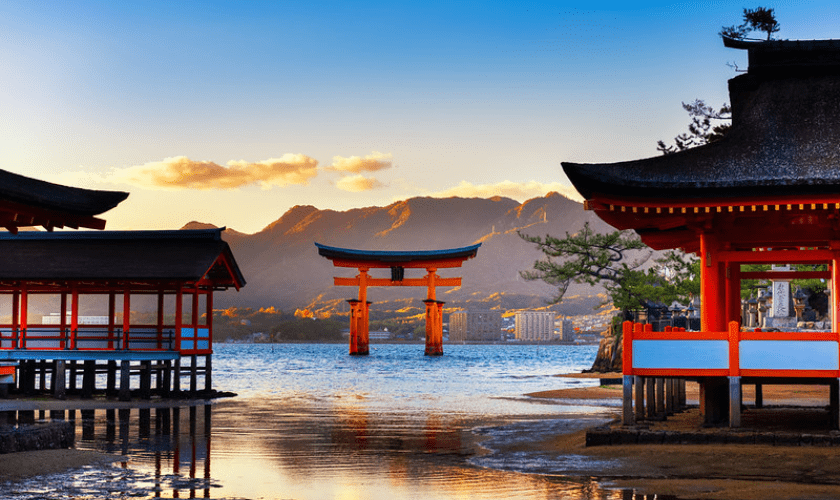
A Torii is a traditional Japanese gate most commonly found at the entrance of or within a Shinto shrine.
What is a Torii Gate?
A Torii gate is the structure found at the entrance to Shinto shrines, some of which are part of UNESCO World Heritage Sites in Japan. Torii gates are traditionally red or vermilion-colored structures, featuring 2 upright posts and 2 horizontal crossbars. The vermilion color, a bright red-orange hue, is believed to ward off evil spirits and disasters.
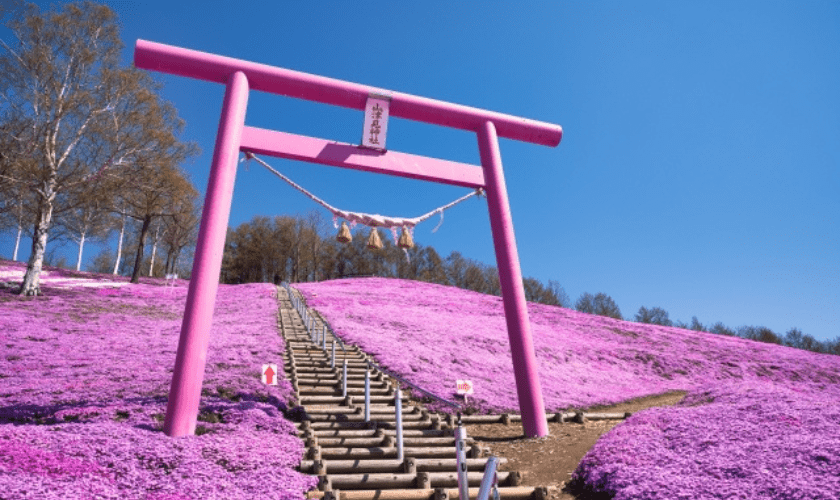
Pink Torii Gate is located in Higashimokoto Shibazakura Park in Hokkaido.
Torii gates can also be found in other colors, including black, stone-gray, or natural wood, depending on the shrine’s tradition and local customs.
Origin of Torii Gates
There are various theories regarding the origins of Torii gates. One belief is that the name ‘Torii’ derives from “tori-iru,” meaning “bird perch”. Religious uses of bird perches in Asian countries such as Korea included to ward off evil spirits and bring good luck to the villagers.
Another theory suggests that Torii gates may have been influenced by similar structures from India and China, such as the Buddhist ‘torana’, adapting over time into a uniquely Japanese style.
Although the origin of the Torii gate is a mystery, it is said that the shape of the Torii gates that we can see today was established around the 8th century. Throughout history, Torii gates have evolved in design and significance, becoming integral to Shinto shrines across Japan.
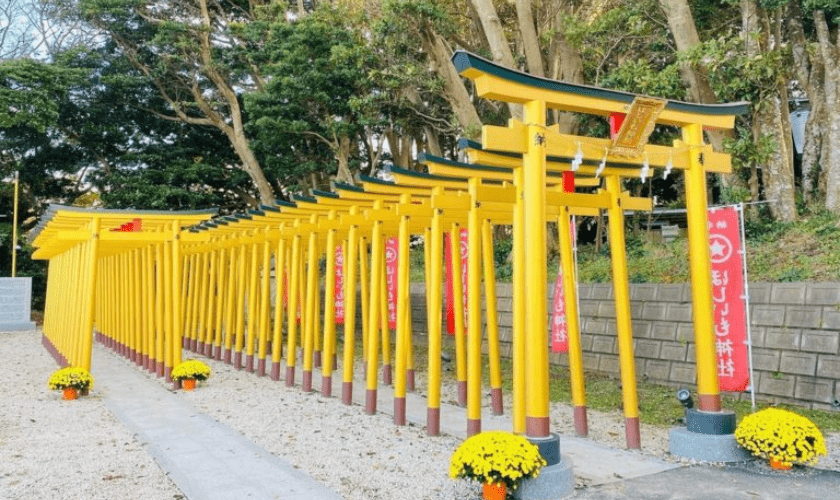
5 Iconic Torii Gates to Visit in Japan
Japan is home to thousands of Torii gates and each has its unique charm and historical significance. Here are 5 of the most iconic Torii gates in Japan that you might want to consider adding to your itinerary.
Fushimi Inari Taisha, Kyoto
Fushimi Inari Taisha is renowned for its thousands of vermilion Torii gates, which create a tunnel along the paths of Mount Inari. This shrine, dedicated to Inari, the Shinto god of rice and prosperity, offers a truly unique experience and excellent photo opportunities!
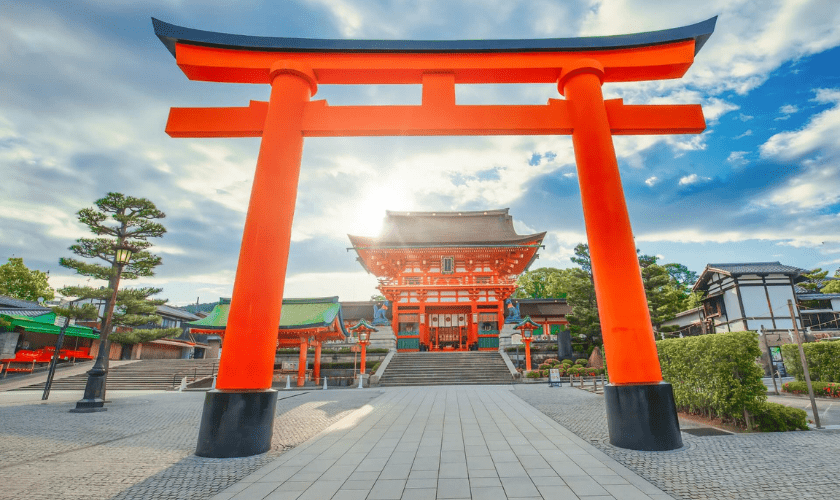
A giant torii gate in front of the Romon Gate at the shrine’s entrance.
Itsukushima Shrine, Miyajima
The floating Torii gate of Itsukushima Shrine is a breathtaking sight. Located on the island of Miyajima in Hiroshima Prefecture, this gate appears to float on water during high tide, creating a stunning visual. It’s often considered one of the most beautiful sites in Japan.
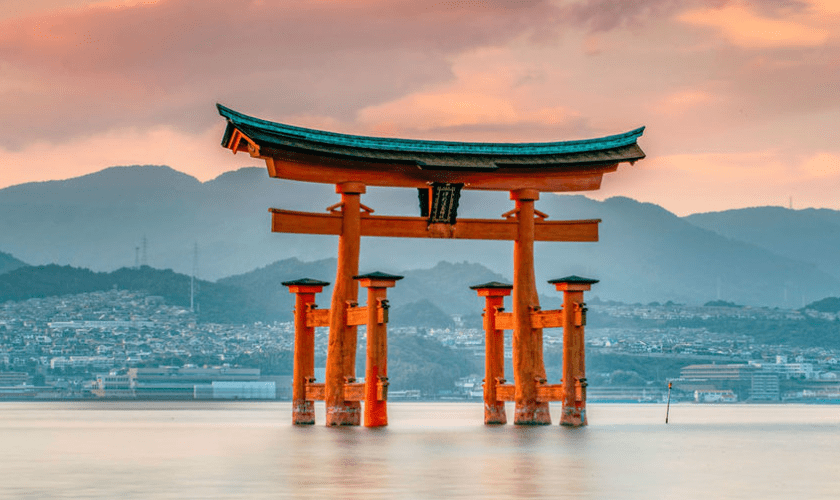
Itsukushima Shrine is best known for its “floating” torii gate.
Hakone Shrine, Lake Ashi
Nestled in forests near Mount Fuji, the Hakone Shrine is known for its Torii gate that stands in Lake Ashi. The gate, with the backdrop of the lake and Mount Fuji, is especially popular among keen photographers.
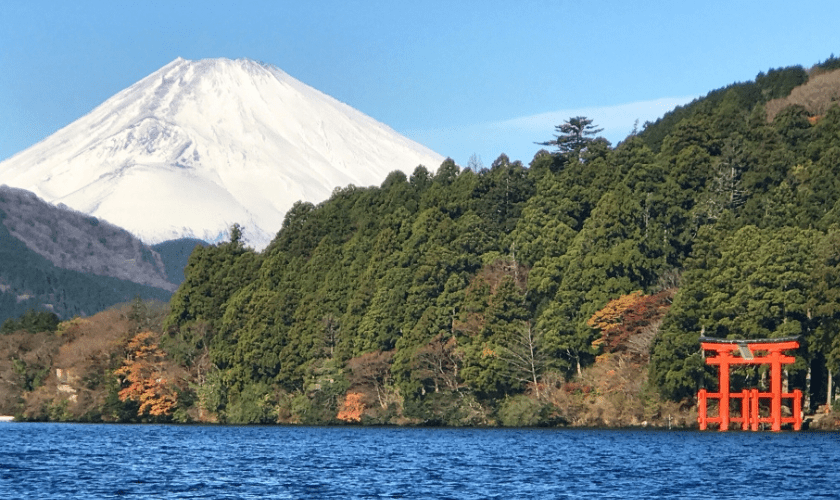
The shrine buildings are hidden in the dense forest, but are well advertised by its huge Torii Gates.
View Mount Fuji from Hakone Shrine in our 8 DAY HIGHLIGHTS OF JAPAN
Meiji Shrine, Tokyo
The Meiji Shrine offers a serene escape in the bustling city of Tokyo. Its towering Torii gate, made from 1,500-year-old cypress wood, marks the entrance to this peaceful shrine dedicated to Emperor Meiji and Empress Shoken.
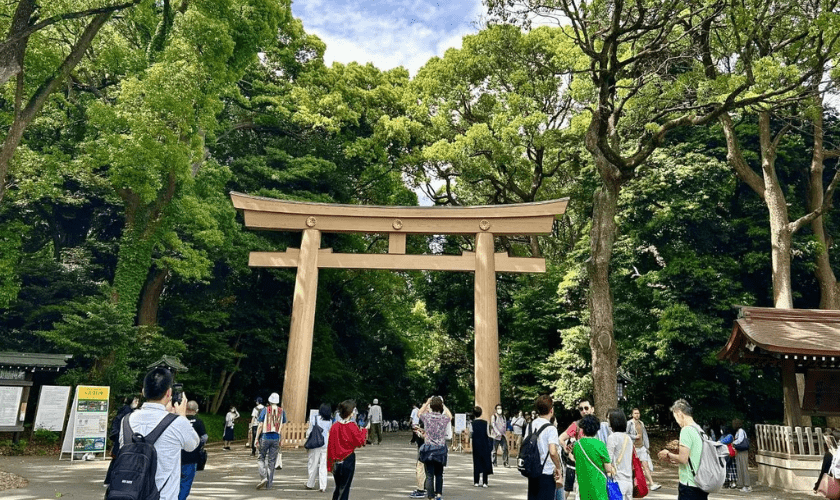
Meiji Shrine is dedicated to the deified spirits of Emperor Meiji and his wife, Empress Shōken.
Heian Shrine, Kyoto
While not as ancient as others, the Heian Shrine’s Torii gate is impressive due to its size and bright vermilion color. It’s one of the largest in Japan and marks the entrance to a shrine built to celebrate Kyoto’s 1100th anniversary as the former imperial capital.
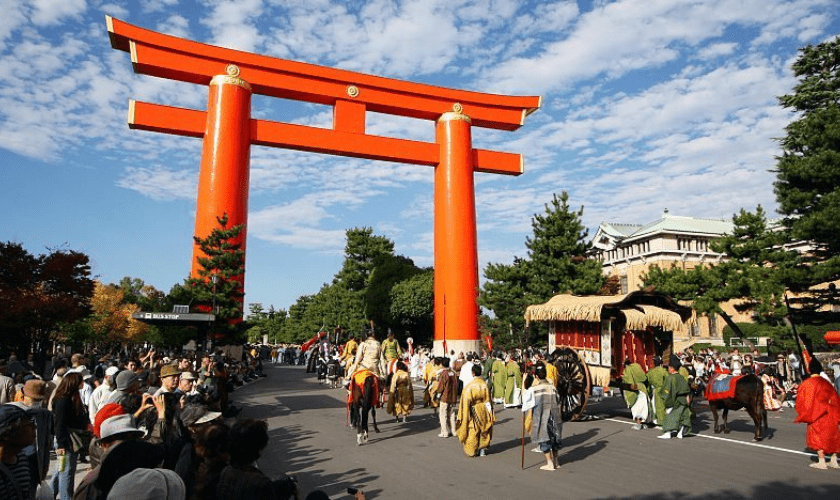
The Heian-jingu Shrine is listed as an important cultural property of Japan.
Visiting Torii Gates: Practical tips
- Check the opening hours and best times to visit to avoid crowds, especially at popular locations such as the Sensoji temple
- Wear comfortable footwear, as some shrine complexes involve extensive walking.
- Wash hands and mouth before entering a Shinto shrine at the water basin provided.
- Keeping the pathway clean and refraining from loud conversations
- Consider purchasing a JR Pass for convenient and cost-effective travel between cities and to various shrine locations
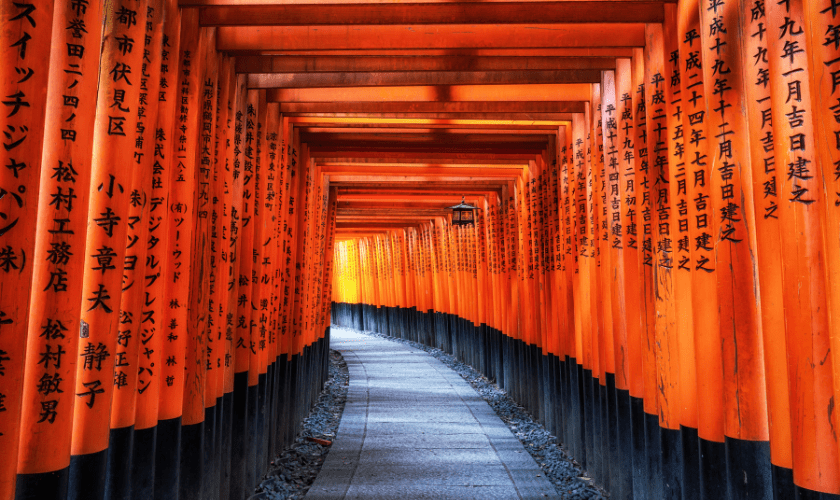
Japan Rail Pass: Ticket to the Torii Gates
The most efficient and cost-effective way to explore Japan’s Torii gates is by using the Japan Rail Pass. This pass offers unlimited travel on most Japan Railways (JR) trains across the country, including shinkansen (bullet trains), local trains, and even some buses and ferries.

You can access many Torii gates using your JR Pass.
Conclusion
Each Torii Gates is unique and worth visiting for a further glimpse into Japanese religious beliefs and traditions. With so many Torii gates dotted around the country, you’ll have the opportunity to see Torii gates wherever you are. At Asia Vacation Group, you can stroll through many Torii Gates with our most standing destination. If you need any help with the Japan trip, don’t hesitate to contact us at 1800 229 339 for more details.
Reference article: 5 Tickets You Want to Buy Before Traveling To Japan









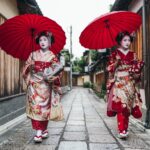

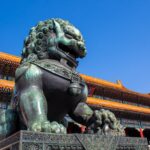









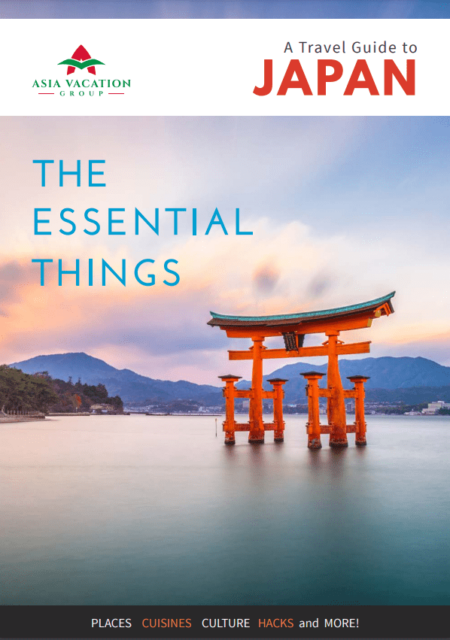





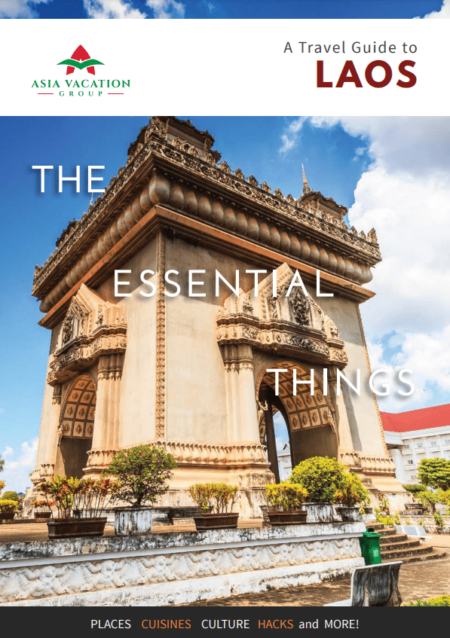












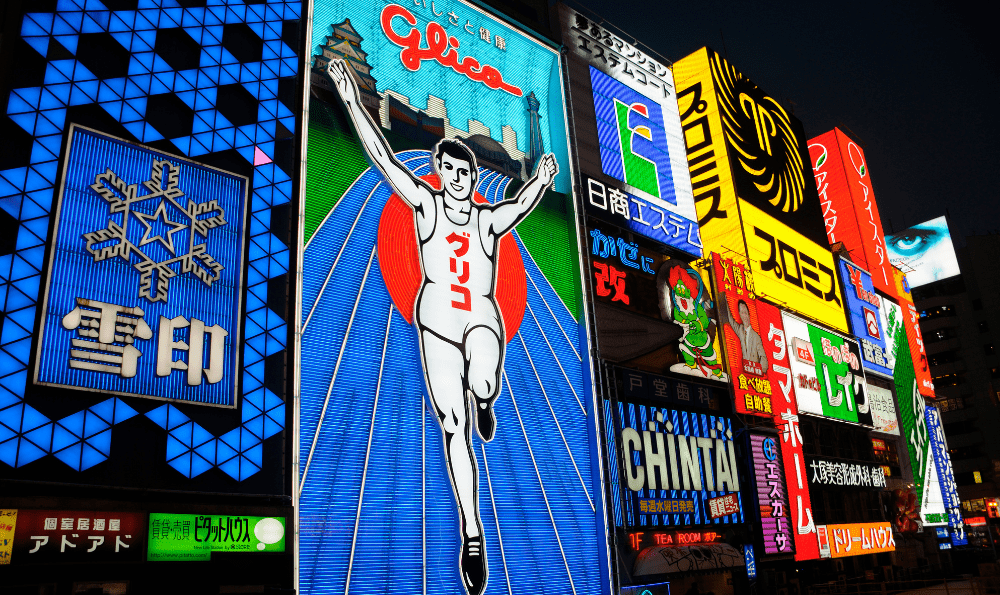


 planning
planning